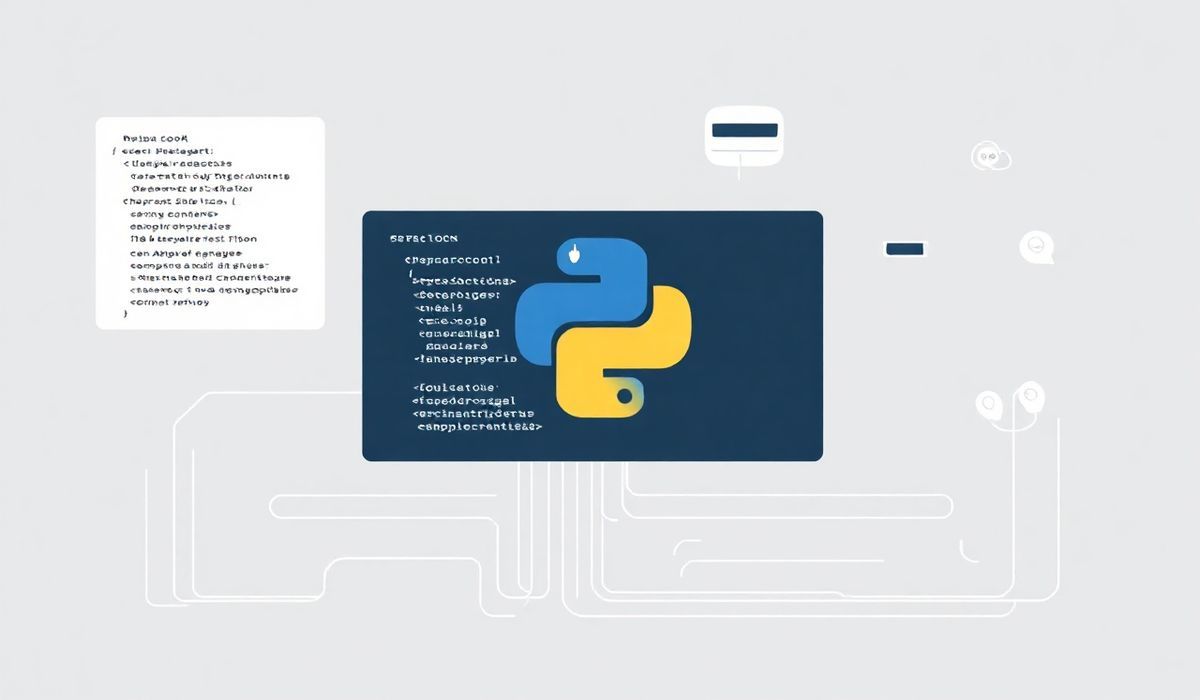Understanding Exponential Backoff
Exponential backoff is a strategy for handling retries in distributed systems while avoiding network congestion. It involves retrying a failed task, with exponentially increasing waiting times between each attempt. This technique is widely used in networking services, cloud solutions, and APIs to manage failures gracefully.
Key APIs and Their Implementations
JavaScript: Using the Exponential Backoff Strategy
function exponentialBackoff(retryCount) {
const baseDelay = 100; // base delay in milliseconds
return Math.pow(2, retryCount) * baseDelay;
}
async function fetchWithBackoff(url, retries) {
for (let i = 0; i < retries; i++) {
try {
const response = await fetch(url);
if (!response.ok) throw new Error("Network response was not ok");
return await response.json();
} catch (error) {
if (i === retries - 1) throw error;
const waitTime = exponentialBackoff(i);
await new Promise(resolve => setTimeout(resolve, waitTime));
}
}
}
Python: Implementing Exponential Backoff for API Requests
import time
import requests
def exponential_backoff(request_func, retries, *args, **kwargs):
for i in range(retries):
try:
response = request_func(*args, **kwargs)
response.raise_for_status()
return response
except requests.RequestException as e:
if i == retries - 1:
raise e
wait_time = (2 ** i) * 0.1
time.sleep(wait_time)
def get_example():
url = 'https://api.example.com/data'
response = exponential_backoff(requests.get, 5, url)
return response.json()
Node.js: Implementing Exponential Backoff with Axios
const axios = require('axios');
function exponentialBackoff(retries) {
return new Promise((resolve) => {
setTimeout(resolve, Math.pow(2, retries) * 100);
});
}
async function fetchWithBackoff(url, retries) {
for (let i = 0; i < retries; i++) {
try {
const response = await axios.get(url);
return response.data;
} catch (error) {
if (i === retries - 1) throw error;
await exponentialBackoff(i);
}
}
}
Examples of Using Exponential Backoff in Applications
Example: A Resilient Web Scraper
Here’s how you can build a resilient web scraper that utilizes exponential backoff to handle network errors gracefully.
const axios = require('axios');
const cheerio = require('cheerio');
async function fetchHTML(url) {
return fetchWithBackoff(url, 5);
}
async function scrapeTitles(url) {
try {
const html = await fetchHTML(url);
const $ = cheerio.load(html);
const titles = [];
$('h1').each((index, element) => {
titles.push($(element).text());
});
return titles;
} catch (error) {
console.error('Failed to scrape the webpage:', error);
}
}
scrapeTitles('https://example.com').then(titles => console.log(titles));
By following these examples and explanations, you can incorporate exponential backoff into your applications to enhance their reliability and performance.
Hash: 50df18ec58923e0a970eff19091f7485baccb1ed2f6a6ebfaf0aca71cf6bef4d




